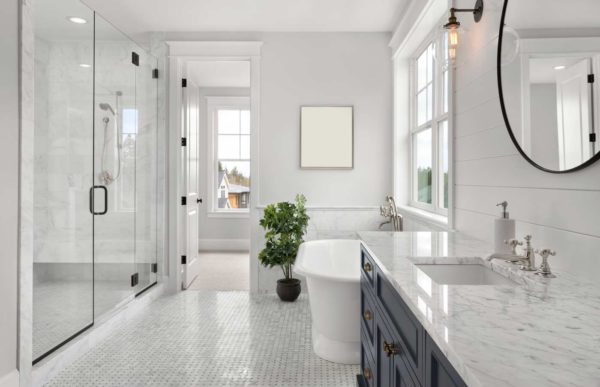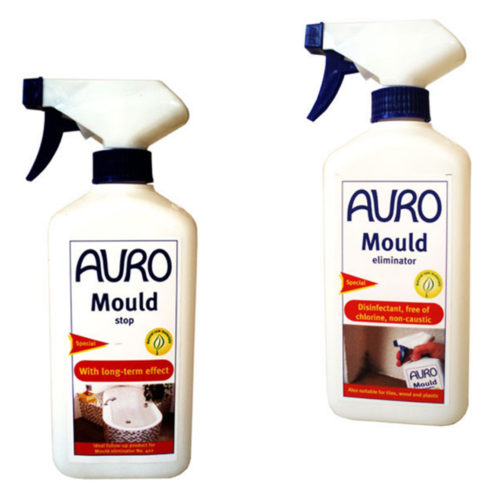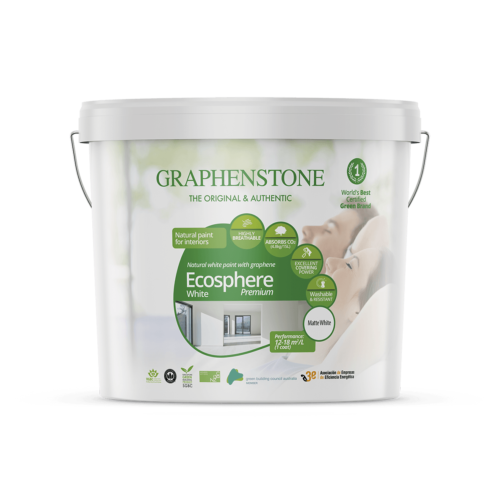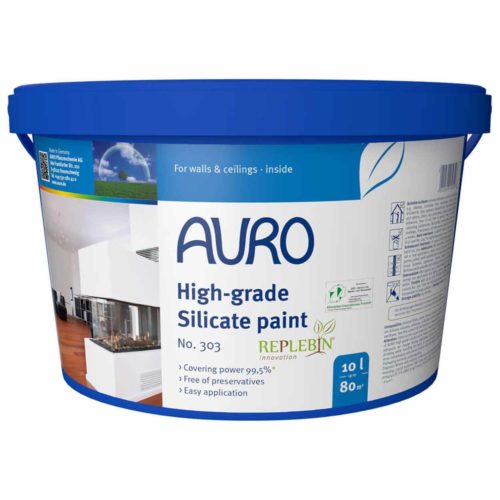Jump to:
 What is Mould?
What is Mould?
Moulds are a form of fungus. There are many different types, and they can occur both indoors and outdoors, creating a degradation in indoor air quality. They spread by releasing spores into the air which are carried by wind and drafts. Mould spores are present in all indoor environments and they can persist in conditions where mould itself cannot grow. Once these spores land on a suitable, damp surface, mould can start to grow. As they grow, they may digest the material they are growing on. Indoor air quality should be something we spend more time understanding.
What are the Health Risks Posed by Mould
Mould can cause a variety of breathing problems, especially in individuals with a history of respiratory diseases. These include:
- Allergy
- Asthma
- Aspergillosis
- Hypersensitivity pneumonitis
- Bronchitis
- Allergic alveolitis
- Chronic rhino sinusitis
- Allergic fungal sinusitis
- Lower respiratory tract problems in previously healthy children
Furthermore, if a mould problem is left unchecked for too long, it can weaken the building structure. This happens since mould feeds on certain surfaces (such as wood) as it grows. Thus, for the sake of personal and residential health, it is vital to prevent mould from growing in your home.
How to Prevent Mould Growth in Homes
- Keep humidity levels lower than 60%
- Don’t let water pool up in places and keep kitchens (water vapour) and bathrooms dry
- Disinfect areas prone to mould growth using appropriate products
- Repair leaks and replaces any rusty drain pipes
- Improve airflow/ventilation in the house
- Use dehumidifiers and robust HVAC systems
- Look around for condensation in the home as this can make it worse.
Examples of Natural Black Mould Removal Products (Chemical Free!)
How to Remedy Mould Once it has Taken Hold
- Prepare the affected walls and remove sensitive items from the room. Wear rubber gloves and a mask for protection
- Scrub. Use a mixture of one-part bleach and three parts water and combine it with some hard scrubbing using a heavy-duty sponge or scrub brush
- Dry the walls completely
See Also: How to get rid of black mould naturally.
Using Mould-Resistant Paint: The Oft-Overlooked Measure
Most people don’t consider the impact a mould-resistant paint can make in the fight against fungal outbreaks. They often resort to using cleaning agents such as bleach which release hazardous fumes. A better alternative would be to use eco-friendly, mould-resistant paint. These paints have the added bonus of not having Volatile Organic Compounds (VOCs) which are harmful to health and the environment. However, it must be understood that these paints work best when complemented with other forms of mould control. Have a look at this range of anti mould natural paints.
What is Mould-Resistant Paint?
Although mould-resistant paint doesn’t solve the root cause of mould and fungal growth (moisture/humidity), it makes it difficult for mould to grow and spread across walls owing to the way the paint is made. Mould-resistant paints contain antimicrobial agents that retard the growth of mould and provide conditions unfavourable to the spread of spores. Most modern paints contain chemicals or biocides to stop mould growth – these fungicidal agents are included in amounts governed by law and thus are not harmful to people or the environment. So if you are looking for natural paints (with no chemicals) and still want anti mould capabilities, you need to look at natural lime paints which due to their higher PH naturally stop mould from forming.
What Areas of the Home are Suitable for Mould-Resistant Paint?
The rooms with the highest moisture content are the prime candidates for the application of mould-resistant paint. Although this varies from household to household, the following should provide a guideline:
- Bathroom
- Kitchen
- Laundry room
- Utility room
- Basement
- Attic
- Garage
- Shed
- Greenhouse
- Humid closets
- Rooms with a history of mould
How to Use Mould-Resistant Paint
Applying mould-resistant is similar to applying any other paint. However, the following guidelines may come in handy:
- It is important to make sure there is no mould on the wall prior to applying the paint. This is because the paint doesn’t kill mould, rather prevents it from spreading. If mould is present, cleaning agents should be used to remove the mould
- Make sure the wall is clean and free from dust and debris
- Apply a mould-resistant primer, making sure to reach the corners, and allow to dry according to the brand’s recommendations
- Apply the mould-resistant paint, and apply further coats after drying (as needed)
- Don’t add other products into the paint mix, such as mould removal products, as these would hamper rather than enhance the performance of the paint.
Mould-Resistant Paint is a Complementary Step to Other Ways of Mould Prevention
While mould-resistant paint resists mould growth, it’s not a guarantee that mould will never grow there, especially if you experience significant water damage or flooding. For best results, mould-resistant paint should be complemented by other steps such as humidity control, ventilation, and regular cleaning.
View range of mould resistant paints here.
The Dangers of Mould in your Home – Protect your family the natural way

Hi! I’m Chris, the founder of The Organic & Natural Paint Co, and I’m focused on the education and promotion of natural non toxic alternatives to chemical laden everyday products that we just take for granted. We have a choice, and I want to raise awareness of alternative products that don’t actually harm us!
This company is my way of pushing the awareness of better indoor air quality, something that I am personally passionate about due to my own children’s breathing medical conditions. I just couldn’t paint with big brand standard petrochemical paint any longer and wanted another solution.
Read more: About me
Twitter: NaturalPaintCo
Instagram: cleanairclubofficial


 What is Mould?
What is Mould?

